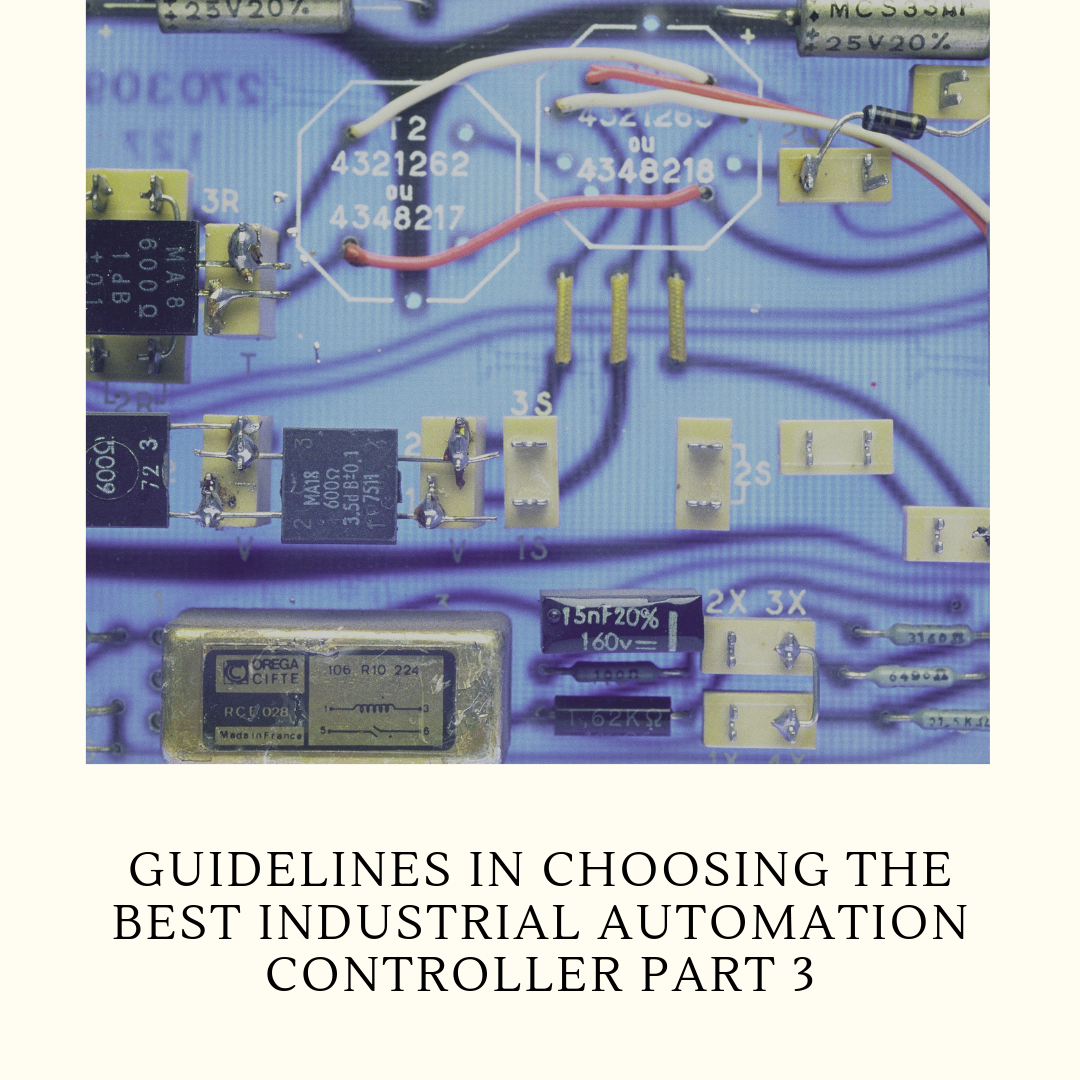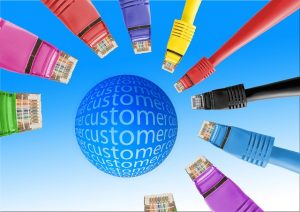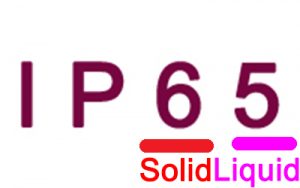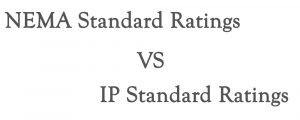
In the extent of different communication needs, engineers should determine the different requirements and expectations early in the process. Because engineers should also know that things – wherever they are now – will only get more complicated and complex as technology develops. Some of these controllers can contain only one or two communication ports – one of which can be potentially used solely for programming. The said controllers should be a abel to support the most popular protocols and not only that, they should be able to sustain a specific controller protocol for some critical applications.
The communications happening to other systems such as the human-machine interfaces or what we call as HMIs and some of the field devices such as Ethernet or serial communications should be clearly defined. With the fast growth of the IoT or internet of things applications, more communication parts and options are ready and on the go to be better. Engineers should make sure that there should be one or more extra Ethernet ports, serial port, USB port and other customizations and configurable options readily available to the users.
Engineers should be also ready to identify which of the Ethernet protocols (EtherNet/IP, Modbus TCP), along with serial and ASCII protocols are greatly needed. This can help in the selection of the controller that will be able to support the current and future requirements.
Some of the requirements for hardware components that are needed are measured by the amount of memory, scan-time speed, and the battery backup that it has. The controller should be supplied with the efficient system memory for it to be able to give support for both data and some of the program requirements.
In identifying and determining the number of devices that needed to be supported by the system to make this happen aids in determining the required memory estimates. By definition, data memory is both utilized for different variable storage and also for the dynamic data manipulation. Also, preset set points that are being accumulated by time/counts and other internal flags in the timers counters are some of the examples of data available to the users.
The demand for the available historical data of these devices can call for a larger data table size for a better data assortment. Be careful in setting out detail of different data log in requirements, several access methods to fetch and gather data, interfaces of the HMI/supervisory control and data acquisition (SCADA) and other databases should be carefully specified. The networking, protocol, and the memory requirement needs are very important for maintaining the connection for the industrial internet of things (IoT.)
In conclusion, the program size and different set of instructions are crucial in determining the different program the system memory needs. The bigger programs comes with several sequences, complicated control functions, and faulty logic can increase memory needs. The estimation for controller memory needs are based on the number of program that runs and the data files that are readily available as possible. However, the controllers can contain a tag-name based programming, while the others can have good expandable but fixed data tables for different data types.



